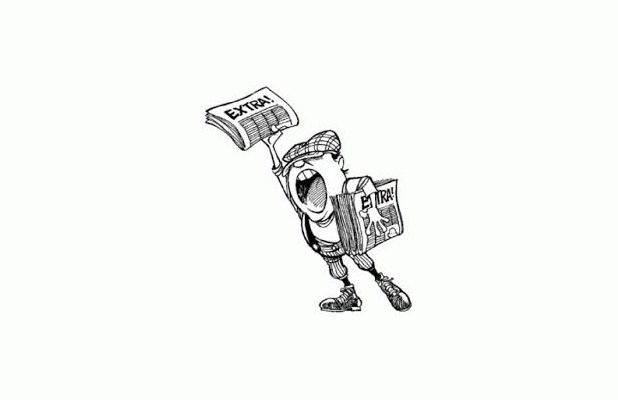DNA data bank goes on stream
If you are convicted of assault or one of a host of other crimes, you may be required to provide a sample of DNA for deposit with the national DNA data bank, under the DNA Identification Act which came into force June 30, 2000.
The DNA is taken from blood or hair or by swabbing the lips, tongue, or inside of the cheeks to collect epithelial cells. You do not get to choose the kind of sample to be seized. In Ontario, according to a government memo, in most cases a blood sample will be gathered by pricking of the finger.
The court must order the taking of a DNA sample upon conviction of certain offences, referred to as primary designated offences. These include serious violent offences and sexual offences, such as murder, sexual assault, assault with a weapon, and assault causing bodily harm. To avoid the taking of a sample you must show that its impact on your privacy and security of the person would be grossly disproportionate to the public interest in the protection of society and the proper administration of justice to be achieved through the early detection, arrest and conviction of offenders.
In the case of other offences, referred to as secondary designated offences, the court may order a sample of DNA seized. These offences, ostensibly less serious, include assault, child pornography, indecent acts, failure to stop at the scene of an accident, dangerous or impaired driving causing death or bodily harm, assaulting a peace officer, robbery, break and enter with intent and arson.
The court may order a DNA sample seized if it is in the best interests of the administration of justice. In making its decision, the court must have regard to your criminal record, the nature of the offence, the circumstances surrounding its commission, and the impact the seizure would have on your privacy and security of the person.
In Ontario, according to a government memo, it’s expected Crowns will be directed to seek a DNA databanking order for secondary offences where the circumstances of the offence or offender disclose a reasonable possibility that the offender poses a risk to others or will reoffend, or, where the circumstances of the offence or offender show a reasonable possibility that the offender has committed serious offences in the past for which he or she has not been apprehended.
The Crown can apply to have DNA samples seized from persons charged with a designated offence before June 30, 2000, but convicted afterward.
The national DNA data bank is located at RCMP headquarters in Ottawa and is maintained by the commissioner of the RCMP. In addition to the index of DNA profiles of adult and young offenders convicted or discharged of designated offences, it also includes a crime scene index, containing DNA profiles from unsolved crime scenes. The information can be cross-referenced to find a match.
The DNA data bank is part of the RCMP’s National Police Services, which also includes the Canadian Police Information Centre (CPIC), the Criminal Intelligence Service of Canada, Forensic Laboratory Services, the Canadian Police College, and Identification Services.
The DNA Identification Act completes the federal government’s DNA legislative strategy. The strategy began with the creation of the DNA warrant scheme in July 1995 through amendments to the Criminal Code to allow judges to issue warrants to take DNA samples from suspects.
Bodily substances seized in execution of a “search” warrant under section 487.05 of the Criminal Code can be used only for forensic DNA analysis in the investigation of a designated offence. The results of the forensic DNA analysis of these bodily substances can be used only in the investigation of a designated offence or a related proceeding. The results cannot be transmitted into the national DNA data bank.
Under section 487.05, a provincial court judge may issue a warrant authorizing a peace officer to seize a bodily substance from a person suspected of a primary or secondary designated offence. The application is made ex parte though defence counsel could seek standing at the hearing.










